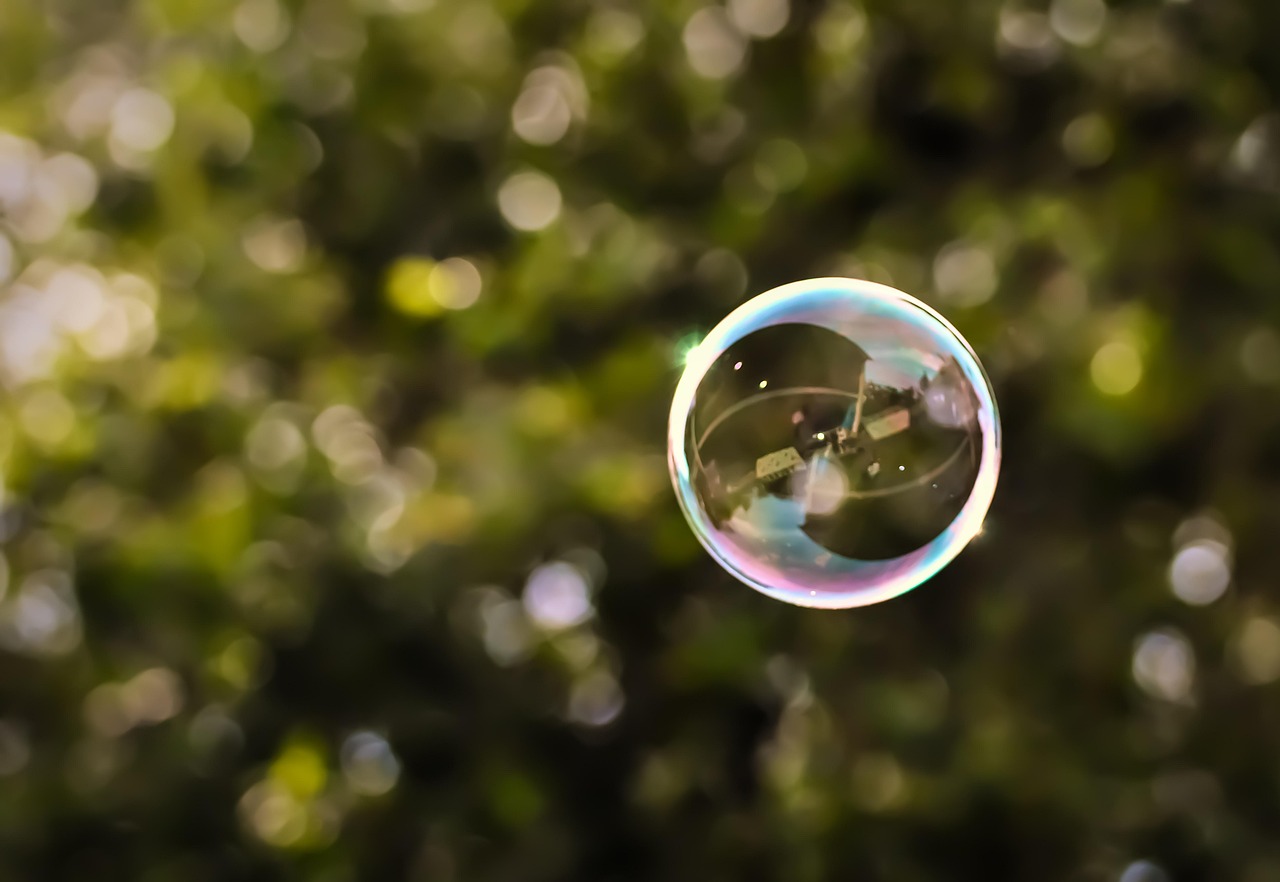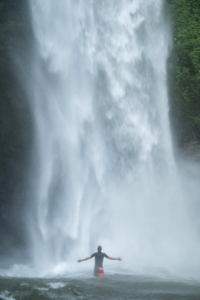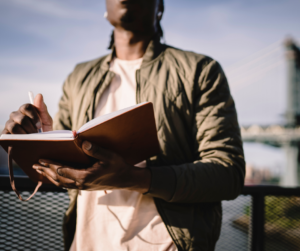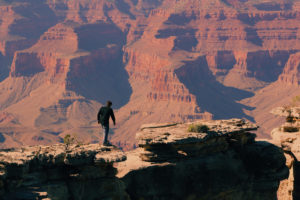
When my daughters were 12, we signed up for afellow mother’s course, called Choices and Changes. The six-week course came with a workbook for both mothers and daughters, and we met weekly at the home of a different mother/daughter pair. There was homework for both mothers and daughters to accomplish in the workbook before each meeting which led to meaningful conversations during our meetings. We all learned together.
The program’s point was to openly discuss the changes the girls were going through as they matured both physically and emotionally and to normalize the new feelings, sensations and experiences of puberty. That was the changes piece. The choices curriculum was about discovering what choices these girls might face, what values they were growing into, and answering some of their burning questions about this often-confusing territory! It was an opportunity for the mothers to speak frankly about their relationship to and lived experience of their own adolescence, their choices (way back when), and what they might have done differently if their decisions didn’t turn out so well.
The experience opened up significant conversations at a critical time of growth for my daughters. I am grateful for the opportunity this program provided to communicate openly about important issues, which led to ongoing dialogue throughout their adolescence and beyond.
Parallels to the Present Moment
So why am I talking about that adolescent program, at this particular time in our country’s history?
We have witnessed an astounding and vast number of changes with a new president at the helm of our government. I’m hearing about the effects of these changes, experienced as disruptions, from virtually all corners of my life: family, close friends, students, coaching colleagues, and, of course, clients. Concurrently, I’ve been wondering what choices might be available to each of us to respond (rather than react) to these current circumstances. How might this moment be related (or not) to an earlier time in all our lives (adolescence)? As a reminder, if you are reading this, you actually did make it through that tumultuous time in your life to become an adult!
Of course, the program I attended all those years ago with my daughters was based on the internal changes (physical, emotional, cognitive) they were experiencing. This organic and natural human maturation process that slowly but surely moves each of us toward adulthood. This program offered additional support around how the girls might navigate their external choices during that often-challenging process of growth at that juncture of their lives.
In our current timeframe, the outside changes are coming first, and we must navigate how we will respond to that. How do we make sense of what is happening externally, and how do we resource ourselves internally to face what often feels like chaos and uncertainty?

Facing Change with Clarity
One approach that’s helped me and my clients is to acknowledge the actual reality that’s occurring, as clearly and directly and neutrally as we are able, without telling ourselves stories about what for sure will happen in the future, becoming immobilized with fear, or feelings of powerlessness.
Even if we are feeling blindsided and overwhelmed, we can notice a bigger view of trends and repeating patterns, scanning for themes in what’s coming at us. What is being revealed? What seems to be the underlying truth, beneath the noise, smoke and chatter? Instead of getting caught in trying to absorb all the details, we can look at the second layer down.
Cultivating Choice
To begin to grasp our choices, we can create a distinction between the changes outside of us and what’s happening inside us. We can name, honor and bring compassion to what is occurring inside of us. We can notice any reactivity, urges to act out in anger or frustration, or desire to collapse into cynicism or resignation. We can become present to how the outside is affecting the inside. I am consistently surprised at how much this helps me get my bearings in the external context, as well as leads to feelings of control and empowerment. I do have a choice here! Instead of feeling at the mercy of the onslaught, I can resource myself, settle more into my breath and body, and sense into my heart’s emotions.
Again, we can name and norm everything we feel, noticing our nervous system’s activation into fight, flight, or checking out. The awareness of simply observing. What’s our thinking like right now? Is it speeded up? Is our attention all over the map? Are we stuck in a loop of repetitive thoughts of doom? Bringing presence to this moment has an incredibly calming effect and allows us to observe without getting pulled in, while building our individual capacity to tolerate the uncertainty of the future.
We can cultivate the fundamental choice we have as humans to pay attention to what we choose, not to what someone else chooses for us. This is a core of resilience and of the Presence-Based work. We can practice noticing, naming and resourcing ourselves, moment to moment, and being kind to ourselves. Of course we are feeling pulled in! Of course we are feeling triggered!

Taking Skillful Action
Once we are more settled back into our own seats, with our nervous system moving toward a more neutral stance, we see that we have choices around mindset, mood and behavior that open in our awareness. We can begin to discern what action to take. This becomes a real choice as opposed to simply following a reactive urge to get out of what feels like suffering. What is the clearest, most impactful and most skillful action we can take to have our voice heard, to make our feelings known, and to experience the support of taking action in a community?
And what action is needed around self-care? You can begin to show up for yourself in a way that is kind, caring, and compassionate. You can choose to engage in regular body-mind practices (exercise, being outside in nature, meditation, and doing creative work like journaling or other arts). You can intentionally place yourself in connection with others who are resourced internally, which supports your system to regulate itself. Fueling ourselves allows us to care for others from a place of ease, not strain.
A Moment to Reflect
This moment in time is an opportunity to reflect on our past – our own life’s changes and choices that we have already navigated with success. We’ve made it this far, and have grown tremendously, even if we traveled through some rocky roads. What life lessons have we learned so far? Who or what can we call on right now for support or guidance? We are older and wiser, not to mention more present and discerning. We each have a unique perspective to bring to bear on the many changes we are facing at this historic moment, and we each have choices about how to enact what we deeply care about. Let’s orient ourselves toward what truly matters and take action from that place of alignment.
Choices and changes. Changes and choices. The journey of growth continues.




































